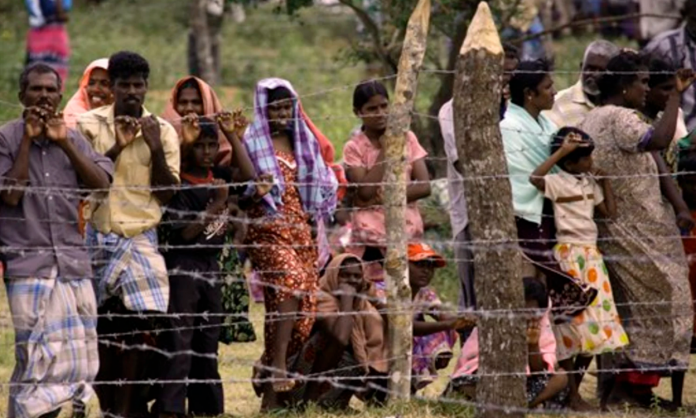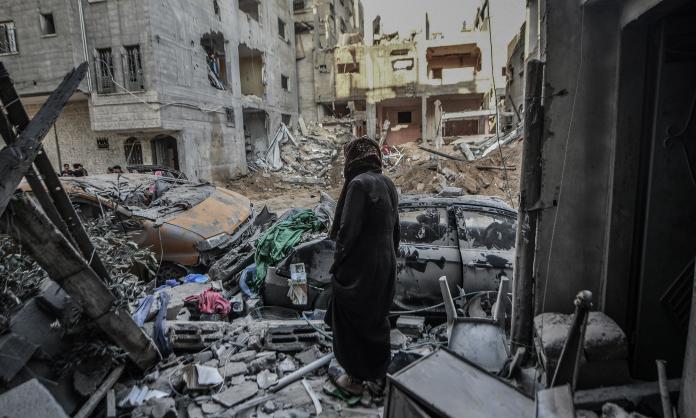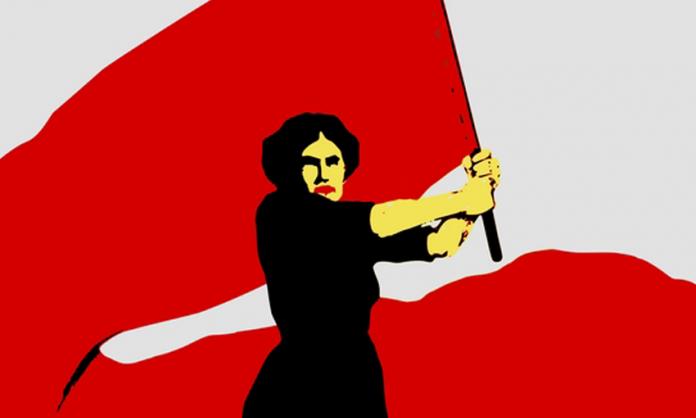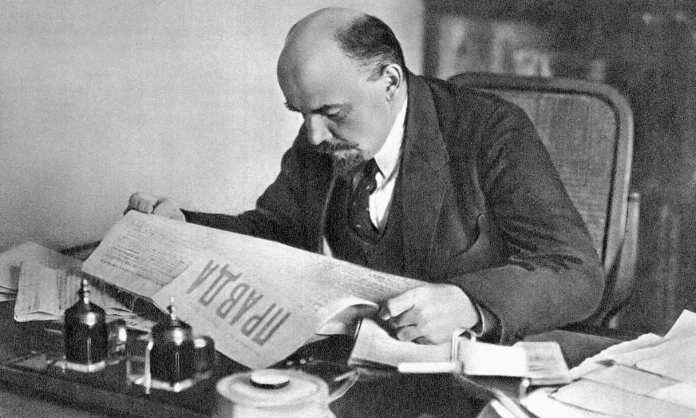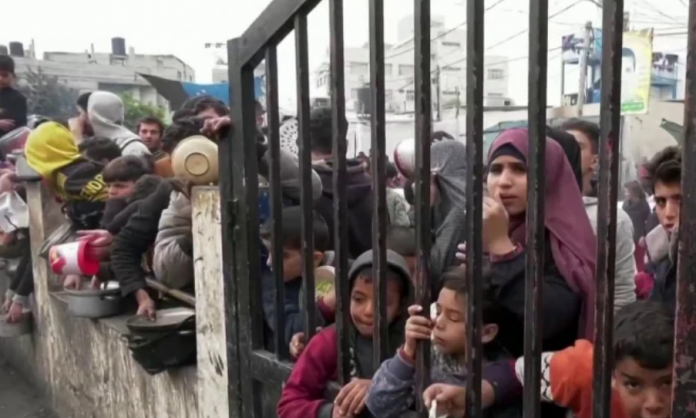Revolutions happen only in places with repressive regimes and extreme poverty. They don’t happen in economically advanced, democratic countries like Australia. Most people think this. But is it right? Recent history might seem to suggest so—social revolutions are practically unheard of in the West. There are, however, a number of reasons why revolution in Australia is possible.
The first is that all capitalist societies have the same fundamental structures and dynamics. Regardless of how advanced or underdeveloped the economy or the nature of a country’s government, there is a ruling class of big business owners and an exploited class of workers. The latter produce everything yet receive only a fraction of the created value in return, in the form of a wage, while there is an ever-greater concentration of wealth in the hands of the bosses.
Some of this is obvious even in Australia, one of the wealthiest countries on Earth. For example, Oxfam estimated a few years ago that the richest 1 percent of Australians own more than the bottom 60 percent combined. Earlier research found that the top 5 percent of families own 77 percent of shares and other investments, 46 percent of rental properties and 29 percent of private business equity.
For people at the bottom, it’s a different story. According to recent estimates from the Australian Council of Social Service, 3.2 million people (14 percent of the population) live below the poverty line, including almost one in five children. More than 100,000 people are homeless, yet the last census found that more than one million dwellings were empty, many owned by rich investors and speculators.
This basic reality means that there is a significant section of the population in every country that, under the right circumstances, can become open to radical, revolutionary politics.
Inequality and poverty don’t guarantee revolution, though. If they did, much of the world would be in a state of permanent revolution. Africa long ago would have turned socialist. Often, however, the situation moves in the other direction: millions of people, instead of rebelling, become totally ground down or end up fighting among themselves; generation after generation remains mired in misery.
Other times, it can take decades for grievances to build up until people just can’t take it anymore. They rise in revolution, but the forces allied against them end up winning and reimposing the terrible conditions, or worse, that led to revolution in the first place. That was the fate of North Africa and the Middle East after revolutions broke out just a decade ago.
The situation can also shift suddenly, when a gap dramatically opens between people’s expectations of how they should be able to live and the reality of how they actually live, and all avenues to changing the situation appear blocked. That was the situation in Hong Kong in 2019, one of the wealthiest cities in the world, when the city exploded in rebellion because young people’s political complaints could find no other effective outlet than militant protest, resulting in one of the most spectacular radical movements in generations.
While major economic and political crises have been absent for some time in Australia (the country recently registered the longest period of economic growth and rising living standards of almost any country in history), the pandemic and the invasion of Ukraine illustrate a second reason why revolution is possible here: capitalism is a world system of integrated production and exchange. As with the spread of the coronavirus, economic and political crises are usually contagious.
Political movements, and revolutions in particular, tend to spread not only because the economy and capitalism’s institutions are integrated globally, but because people naturally follow other people’s attempts to change the world for the better. You could see it in movements such as Black Lives Matter in the US, which inspired solidarity protests everywhere around the world. A decade ago, there was Occupy Wall Street, or the Occupy Movement, which took inspiration from the Egyptian revolution, and spread to Europe, then to the US and to Australia and elsewhere.
Indeed, revolutions often come in waves, spreading from one country to another or around the world. The Arab revolutions of 2011 started in Tunisia, but soon swept North Africa and the Middle East. The Russian Revolution of 1917 spread first into Europe, before inspiring the formation of Communist parties all over the world. Indeed, the Australian Communist Party eventually became one of the largest, judged by its size relative to the total population.
This tendency of events to spread is actually one of the most important things to consider. Because Australia is one of the most stable capitalist democracies in the world, it is extremely unlikely that a revolution will break out here first, even with all the obvious problems in our society. It is much more likely that revolution will wash onto our shores only after major revolutionary waves appear in other parts of the world and global capitalism is beginning to falter, throwing our own society into turmoil—making existing problems worse, exposing new ones, while inspiring people to do something about them by following the lead of people overseas.
There is another, related, factor. Nineteenth-century revolutionaries Karl Marx and Frederick Engels referred to war as a potential “midwife” of revolution. This has been the case on several occasions, such as with World War One, which led to the Russian and German revolutions in 1917 and 1918. In any new period of world revolution, the Australian ruling class will most likely be at the forefront of the counter-revolution, contributing militarily to every reactionary government or helping to overthrow new revolutionary governments. You only have to look at Australian imperialism’s record joining every US-led war around the world in the last 50 years and intervening into Asia and the Pacific to advance the interests of Australian capitalism.
Yet military intervention entails risks. The Vietnam War provides an example. The US government invaded the country in the 1960s. But, unable to put down the Vietnamese resistance, and with the war dragging on, the main result ended up being a radicalisation among its own soldiers and a mass anti-war movement at home. Hundreds of thousands of young people in the US began to identify as revolutionaries and wanted to give support to the Vietnamese.
While this didn’t end up in a revolution, it created a huge crisis—and this was at a time when the US was at the peak of its power and prosperity. In Australia too, there was a radicalisation as domestic resources were diverted to the war, which fed into a rising tide of workers’ struggles for better wages and even workers’ control of industry.
In recent times, Australia has had some of the world’s lowest levels of “resistance” in the form of workers’ strikes and demonstrations. But that won’t be the case forever. There is already a gap between the reality of living in our society and what people expect it to be like. There is also a lack of enthusiasm for, even hatred of, the main political parties, and a lack of trust in the media and other capitalist institutions.
This is true even without there being an acute economic or political crisis here, and without an international revolutionary movement yet developing. It is not a question of if, but when, these crises occur. When they do, the situation will change very quickly. When it does, the question will not be, “Can it happen here?” The question will be, “How can we win?”
The answer to that will depend to a large degree on how many people have already been trained as activists and know how to organise people, how many people have studied other revolutions and their dynamics and can apply the lessons learned by millions of people in previous attempts to change the world, how many people understand the ways different social classes mobilise to defend their interests. In short, it will depend on how organised our side is.





